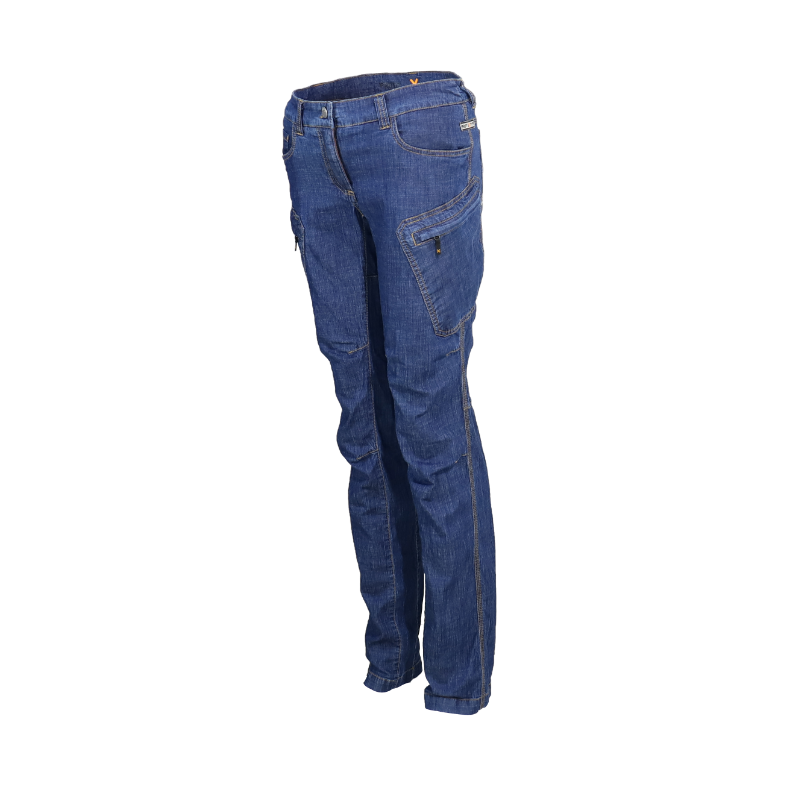We often hear about environmental impact, but perhaps few people are aware of the disastrous effects that some human behaviors on our planet. The production of fashion, for example, can damage our planet in many ways.
But, before understanding in depth how fashion with its business models can damage our planet, we should have a clear idea of what is meant by environmental impact.
The environmental impact occurs when man performs an action that positively or negatively alters an environment. Numerous studies and research have been conducted on the impact that fashion has on our planet and, although the numbers differ, there is one fact that unites them all: fashion has a strong impact on our planet and this is due to excessive production of new clothes.
Fashion and environmental impact: this is how it can damage our planet
- Water resources
A large amount of water is required for the production of the clothes, of which a good 90% is reused in the water system without verifying the state of health of the same. A further problem concerns the disposal of toxic substances with which the garments are treated, which very often are discharged into rivers, seas and waters in general.
- Climate changes
One of the factors that determines climate change is fashion or at least the fast fashion model. The sector contributes significantly to producing tons and tons of CO2, as highlighted in numerous WWF research. Many companies use too much water and few recycled materials, contributing to the phenomenon of greenhouse gases and air pollution.
- Pesticides
According to linear production, many products or chemicals are used in the textile sector, more than farmers use for their agricultural activities. For example, very harmful chemicals are used in the cultivation of cotton in high doses, some of which have been banned in Europe. Consequently, the use of pesticides produces a reduction in soil fertility, loss of biodiversity and pollution of soil water.
The solution? Moving from a linear system to an eco-sustainable system
According to the fast fashion model, non-renewable resources are used for the production and maintenance of clothes. The dresses are short-lived and ready to be quickly replaced by completely new ones. The culture of recycling is not contemplated in this way of understanding fashion and what is thrown away ends up in landfills.
Unfortunately, to date, linear production is more widespread than circular / sustainable production. As a result, a lot is produced, using new non-renewable resources, while responsible disposal is still a little consolidated practice among companies.
On the contrary, a model that embraces eco-sustainability and respect for the planet, promotes and adopts the use of natural and biodegradable fabrics in the production cycles. Biodegradability in the textile sector assumes central importance. Some companies, like ours, for example, produce clothes made from biodegradable fabrics, such as organic cotton.
Specifically, a biodegradable material is capable of degrading without the need for external intervention. During the biodegradation process, the starting substances are slowly transformed into simple inorganic molecules such as water without releasing pollutants. If you are interested in purchasing quality and environmentally friendly garments, find out more about our company and the materials used in the production of our garments.







